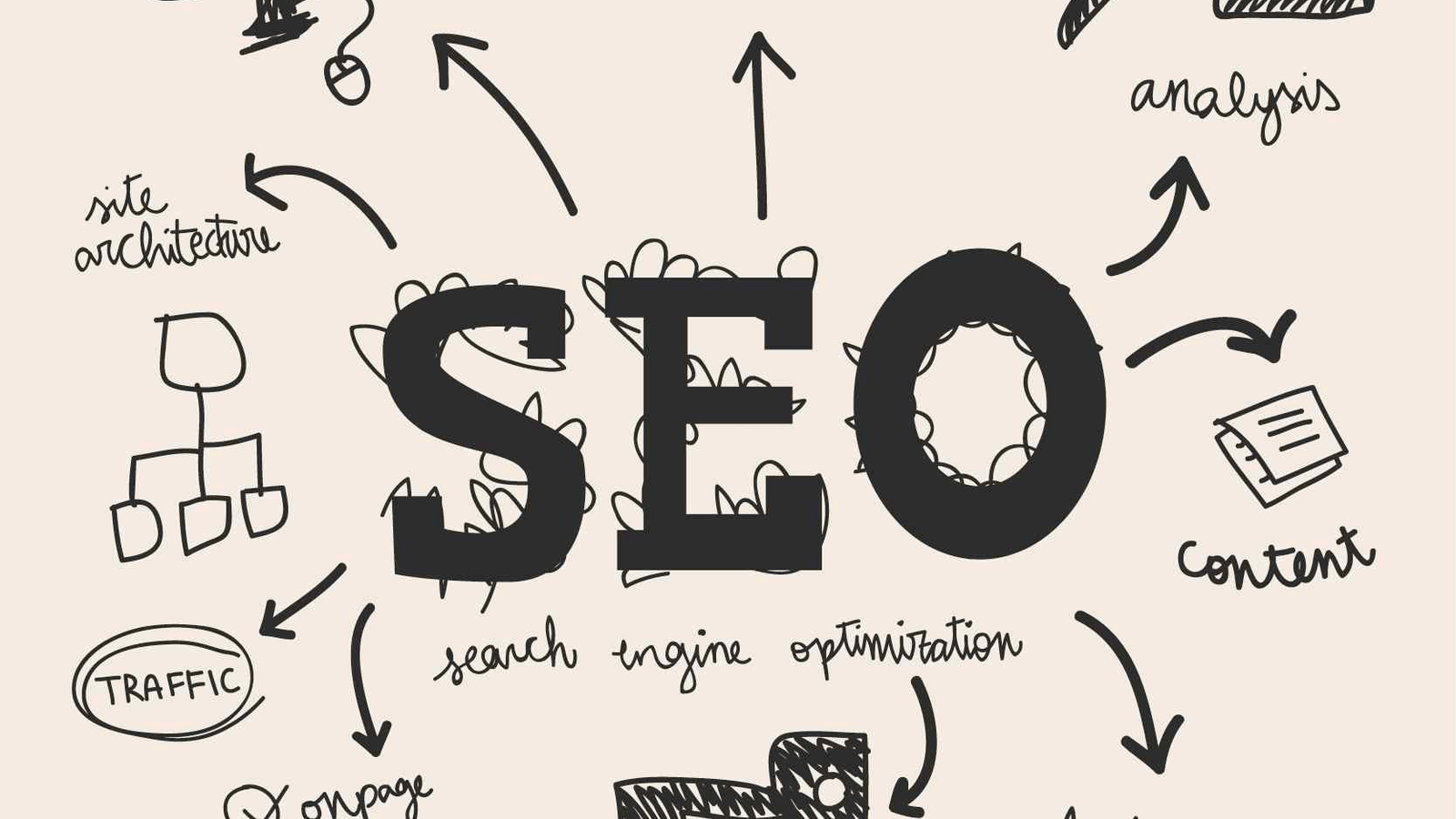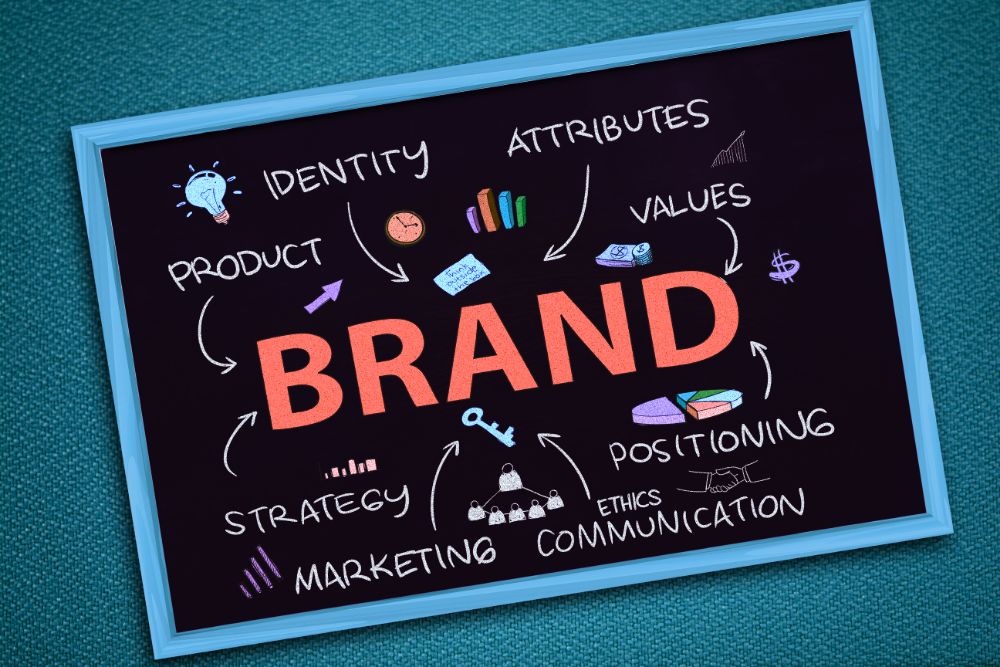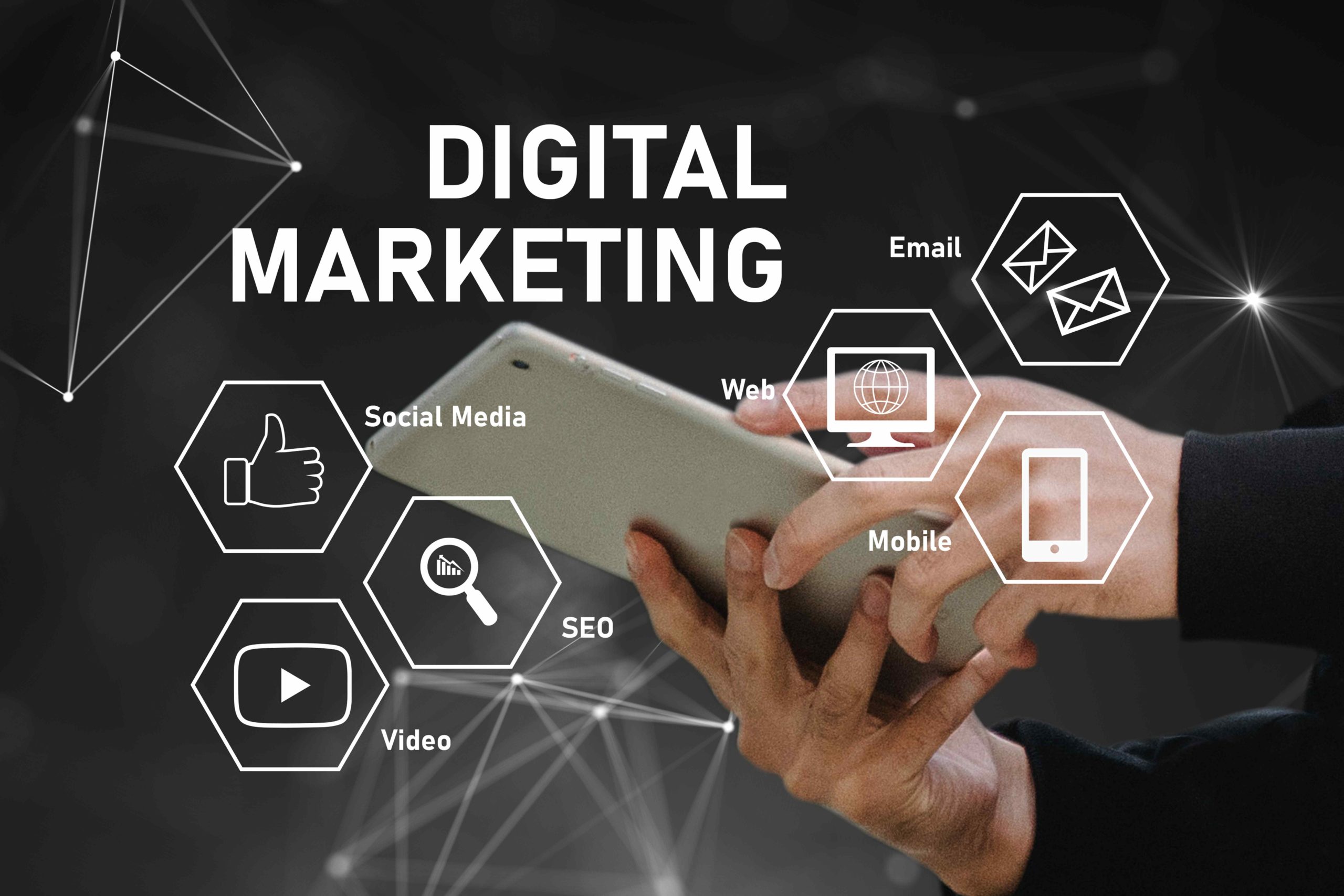
In the business world, the terms “branding” and “marketing” are often used interchangeably, but they are not the same. Understanding the differences between branding and marketing is crucial for any business aiming to succeed in today’s competitive market.
Let’s unpack these terms and explore their strategic interplay.
Key Takeaways
- Branding focuses on defining who you are as a company and establishing a unique identity, values, and personality. Marketing, on the other hand, is about promoting and selling your products or services to your target audience.
- Branding is a long-term strategy aimed at building lasting relationships with customers and creating brand loyalty. Marketing campaigns, however, can be short-term or long-term initiatives designed to achieve specific objectives, such as increasing sales or launching a new product.
- Branding seeks to establish an emotional connection with the audience by conveying the brand’s values and personality. Marketing, on the other hand, focuses on promoting products or services and persuading consumers to take action, such as making a purchase.
- Branding provides the foundation upon which marketing efforts are built. It defines the brand’s identity, messaging, and values, which are then communicated and amplified through marketing campaigns across various channels.
- While branding and marketing serve different purposes, they are interdependent and work best when integrated effectively. By aligning branding and marketing strategies, businesses can create a cohesive and impactful approach that resonates with their target audience and drives long-term success.
What is Branding?

Branding is the process of creating a unique identity for a company or product. It contains everything that defines a brand’s image, from its logo, colors, and typography to its mission, vision, and values. Branding aims to establish a significant and differentiated presence in the market that attracts and retains loyal customers.
A well-crafted brand communicates a company’s mission, core values, and personality, aiming to resonate with the intended target audience. This resonance can foster customer loyalty, as consumers are more likely to continue engaging with a brand that aligns with their expectations and values.
The process of branding involves careful consideration of the brand’s message and the target audience’s needs and preferences. This strategic alignment helps in forming a consistent brand image across all marketing and communication channels, thereby enhancing brand recognition.
Creating a strong brand is crucial for a company’s marketing. It supports advertising and promotion by providing a clear identity. Strong branding can also help a business grow by increasing its presence in the market and keeping customers coming back.
Learn more in our article: https://quirk.biz/what-is-brand-marketing/
What is Marketing?

Marketing functions as an important component in bridging the gap between a company’s offerings and consumer needs. It encompasses a variety of strategies aimed at identifying and understanding customer requirements and then promoting products or services to fulfill these needs effectively, thereby facilitating sales.
It is essential for marketing efforts to be responsive to current trends and changes in consumer behavior to ensure effective reach and engagement. Effective marketing strategies should be aligned with the overarching business objectives and be tailored to target specific demographic groups, improving the relevance and impact of the marketing efforts.
The primary aim of marketing is to raise awareness about a brand’s offerings, generate interest among potential customers, and ultimately drive sales. It’s crucial for these strategies to be grounded in factual understanding of the market and consumer behaviors, and not merely based on speculative trends.
You can learn more about digital marketing in our article: https://quirk.biz/what-is-digital-marketing-a-complete-guide/
Differences Between Branding and Marketing
Understanding the difference between branding and marketing is essential for any business seeking to create a strong presence and drive growth. While both are integral to a company’s success, they serve different purposes and function in distinct ways.
Here are the key differences between branding and marketing:
Purpose and Focus
Branding
- Purpose: Branding aims to define and express the unique identity of a company. It shows who you are as a business and what you stand for.
- Focus: It focuses on creating a lasting impression and emotional connection with the audience. This includes the company’s mission, values, and overall personality.
Marketing
- Purpose: Marketing aims to promote and sell products or services. It focuses on driving customer engagement, generating leads, and boosting sales.
- Focus: It targets specific market segments and involves tactical activities to reach and persuade potential customers.
Timeframe
Branding
- Long-term Strategy: Branding is a continuous and evolving process. It involves building and maintaining a strong brand image over time, which can last for decades.
- Consistency: It requires consistent effort to ensure that the brand message and identity remain coherent and recognizable.
Marketing
- Short-term and Long-term Strategies: Marketing can include both short-term campaigns (such as promotions and sales events) and long-term strategies (like content marketing and relationship building).
- Adaptability: Marketing strategies can be quickly adapted based on market trends, consumer behavior, and campaign performance.
Target Audience
Branding
- Broad Audience: Branding targets a broader audience by establishing a universal message that resonates with a wide range of people, creating a broad appeal.
- Emotional Connection: It aims to build an emotional bond and loyalty with customers, encouraging them to align with the brand’s values and identity.
Marketing
- Specific Audience: Marketing often targets specific segments of the market with tailored messages designed to address particular needs and preferences.
- Immediate Action: It focuses on motivating immediate actions, such as making a purchase, signing up for a newsletter, or attending an event.
Components
Branding
- Elements: Branding includes the logo, color scheme, typography, tagline, and brand voice. It encompasses everything that shapes the overall perception of the brand.
- Intangible Assets: Branding builds intangible assets such as brand equity, reputation, and customer loyalty.
Marketing
- Activities: Marketing involves various activities like advertising, public relations, sales strategies, digital marketing, and market research.
- Tangible Actions: Marketing efforts result in tangible actions like sales numbers, website traffic, and customer inquiries.
Relationship with Customers
Branding
- Relationship Building: Branding is about creating and nurturing long-term relationships with customers. It focuses on building trust and loyalty.
- Customer Experience: It ensures that every interaction with the brand contributes positively to the overall customer experience.
Marketing
- Customer Acquisition: Marketing primarily focuses on attracting new customers and retaining existing ones through targeted campaigns.
- Customer Engagement: It involves engaging customers through various channels to inform, influence, and remind them about products or services.
How Branding and Marketing Work Together

Branding and marketing are essential components of a successful business strategy. When they work together effectively, they create a strong, cohesive identity that attracts and retains customers.
Here’s how they complement each other:
Branding Provides the Foundation for Marketing
Before any marketing efforts, branding sets the groundwork. It defines the brand’s essence, values, personality, and positioning, serving as a compass for all marketing endeavors. This solid brand foundation ensures consistency across marketing strategies.
Marketing Communicates the Brand Message
Marketing communicates the brand’s message and values to the target audience. It uses advertising, social media, and content marketing to show the brand’s identity and position to consumers.
Branding Makes a Company Unique
Strong branding helps a company to stand out from competitors by creating a distinct identity and position. This uniqueness makes the brand more recognizable and easier for customers to remember, especially through marketing efforts to attract and keep customers.
Branding Builds Loyalty
Branding builds loyalty by connecting with customers emotionally and aligning with their values and aspirations. Marketing efforts then strengthen these bonds through customized communications and tailored offers.
Branding and Marketing Align for Consistency
To maximize their impact, branding and marketing must align seamlessly, maintaining consistency across all customer touchpoints. The brand’s visual identity, messaging, and personality should be uniformly reflected in all marketing campaigns and interactions, reinforcing its image.
Branding and Marketing Measure Success
It’s important to measure both branding and marketing activities using key performance indicators (KPIs). This will help us understand how effective they are and guide our future strategies. Metrics like brand awareness, customer engagement, and sales can give us insights into how well our combined branding and marketing approach is working.
Creating a Strong Brand and Effective Marketing Strategy
To create a strong brand and effective marketing strategy, follow these steps:
Research
Creating a strong brand and crafting an effective marketing strategy begins with comprehensive research to understand your target market, competitors, and industry trends. This groundwork ensures informed decisions throughout the branding and marketing process.
Defining Your Brand Identity
Defining your brand identity is paramount. It involves clarifying your company’s mission, values, and personality traits. This foundation shapes your brand messaging, including your unique selling proposition and brand story. Your brand’s voice and tone should be consistent across all communication channels, resonating authentically with your audience.
Creating a Comprehensive Marketing Plan
Once your brand identity is established, developing a comprehensive marketing plan is the next step. Clear objectives must be set, outlining specific goals such as increasing brand awareness or driving sales. Identifying your target audience and choosing the appropriate marketing channels are crucial to effectively reach and engage your customers.
Elevating Brand Visibility by SEO
Search Engine Optimization (SEO) plays a crucial role in both branding and marketing by enhancing a brand’s visibility and reach. By optimizing website content, including keywords, backlinks, meta tags, and UX, brands can improve their rankings on search engine results pages (SERPs). This increased visibility ensures that the brand is more easily discoverable by potential customers, strengthening its presence in the digital landscape. Read this article to learn how to increase sales through SEO.
Crafting Engaging Content
Engaging content plays a vital role in your marketing strategy. Crafting a content strategy that aligns with your brand messaging and resonates with your audience is key. Quality and consistency are paramount to ensure your content is relevant and impactful across all channels.
Implementing Your Marketing Tactics
Implementing your marketing tactics involves executing targeted advertising campaigns, leveraging digital marketing channels, and building relationships through public relations efforts. These tactics should be continuously monitored and adjusted based on performance metrics.
Measuring and Analyzing Results
Measuring and analyzing results is essential to evaluate the effectiveness of your branding and marketing efforts. Tracking key metrics such as website traffic, conversion rates, and social media engagement provides valuable insights into your strategy’s performance. These insights inform adjustments and optimizations to maximize your impact.
Maintaining Brand Consistency
Maintaining brand consistency is critical to reinforce your brand identity and messaging. Developing brand guidelines and training your team ensures that everyone represents the brand consistently across all touchpoints.
Adapting and Evolving
Lastly, adapting and evolving your strategies is crucial to staying relevant and competitive in a constantly changing market landscape. Remaining agile and continually improving your brand and marketing strategies will position your business for long-term success and growth.
Conclusion
Branding and marketing are closely linked and essential for business success. Branding defines who you are, while marketing communicates that identity to the world. When they work together, they create a powerful synergy that attracts and retains customers, ensuring long-term success and loyalty. Consistency and alignment between branding and marketing efforts are key to achieving these goals.





















